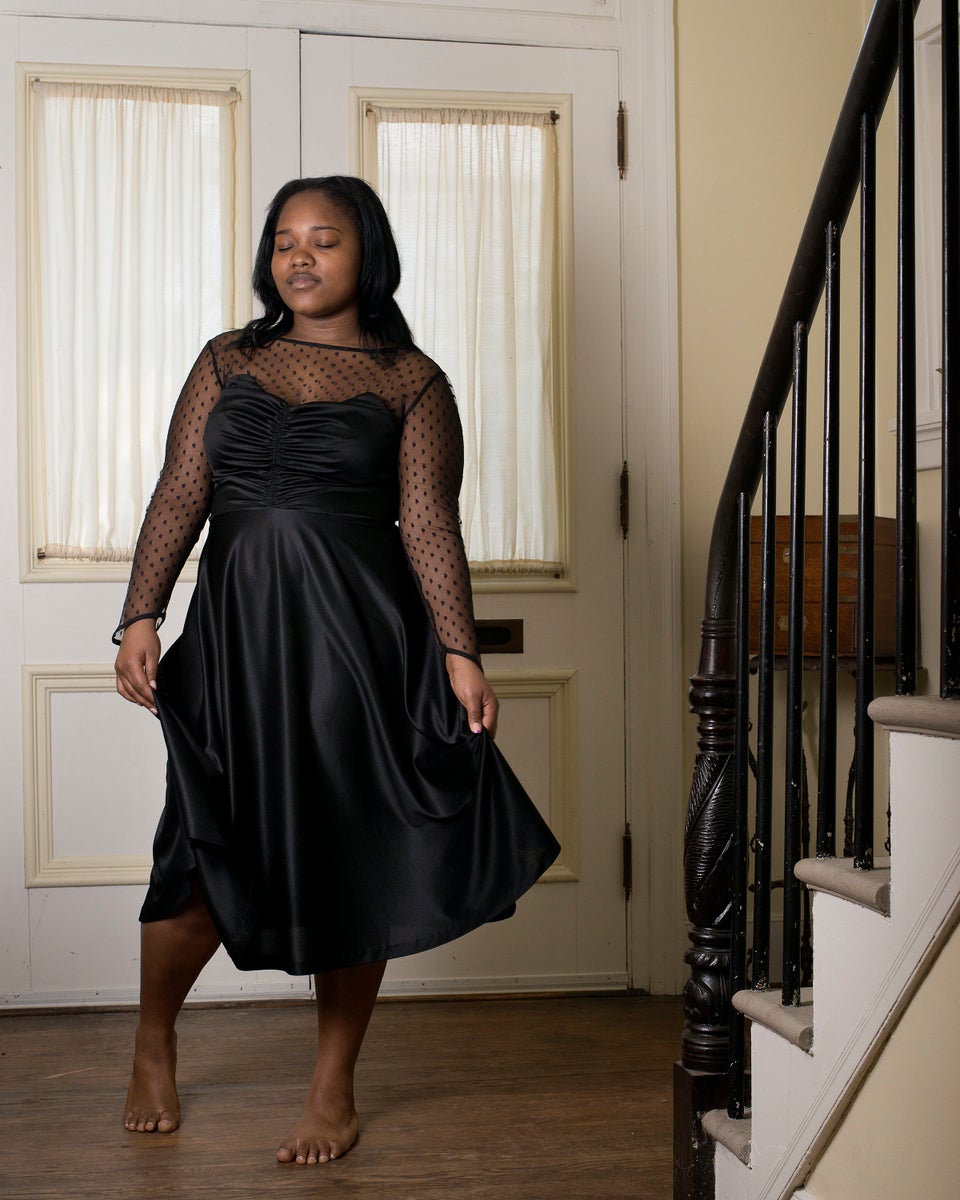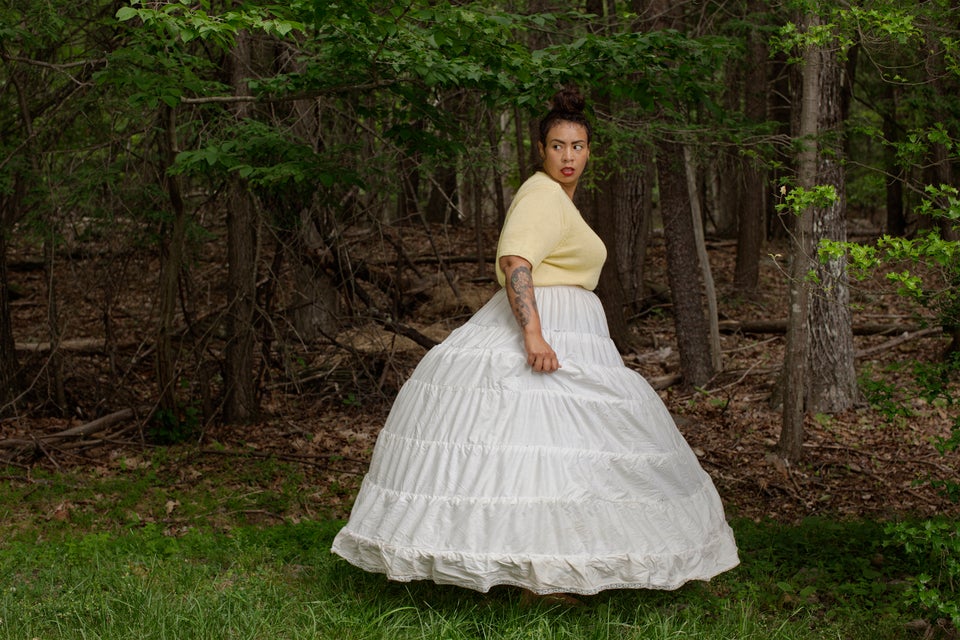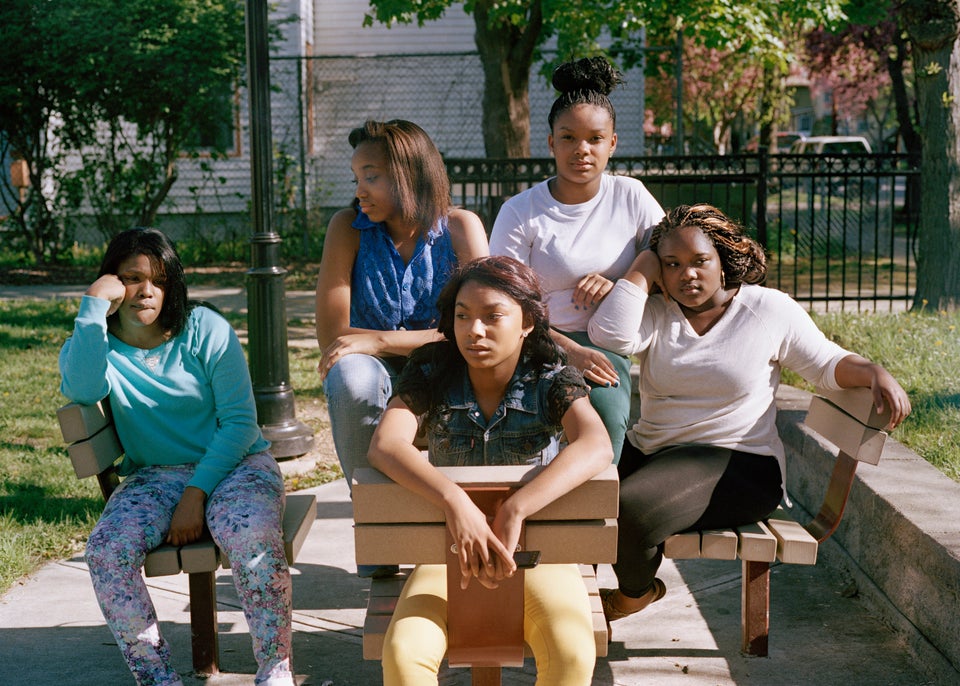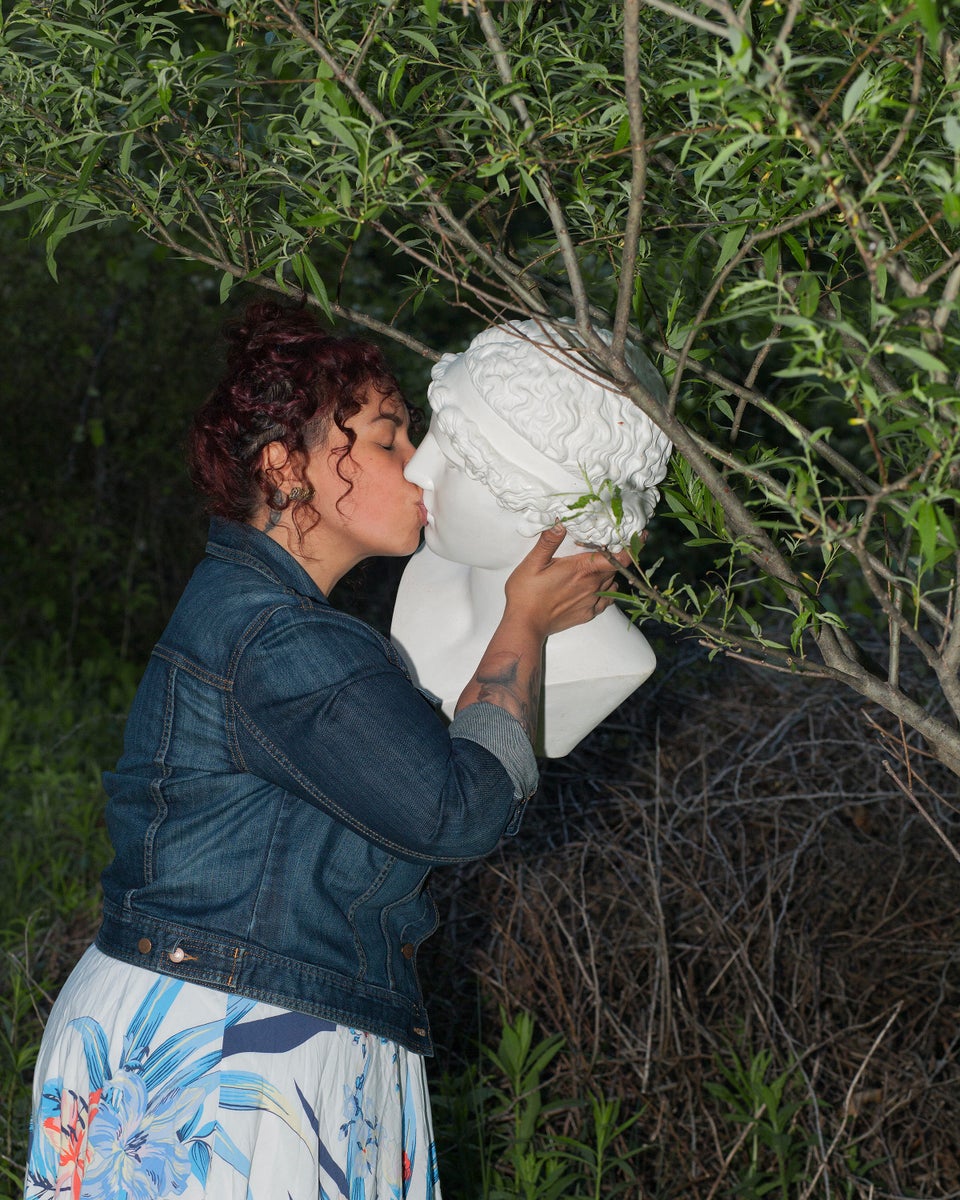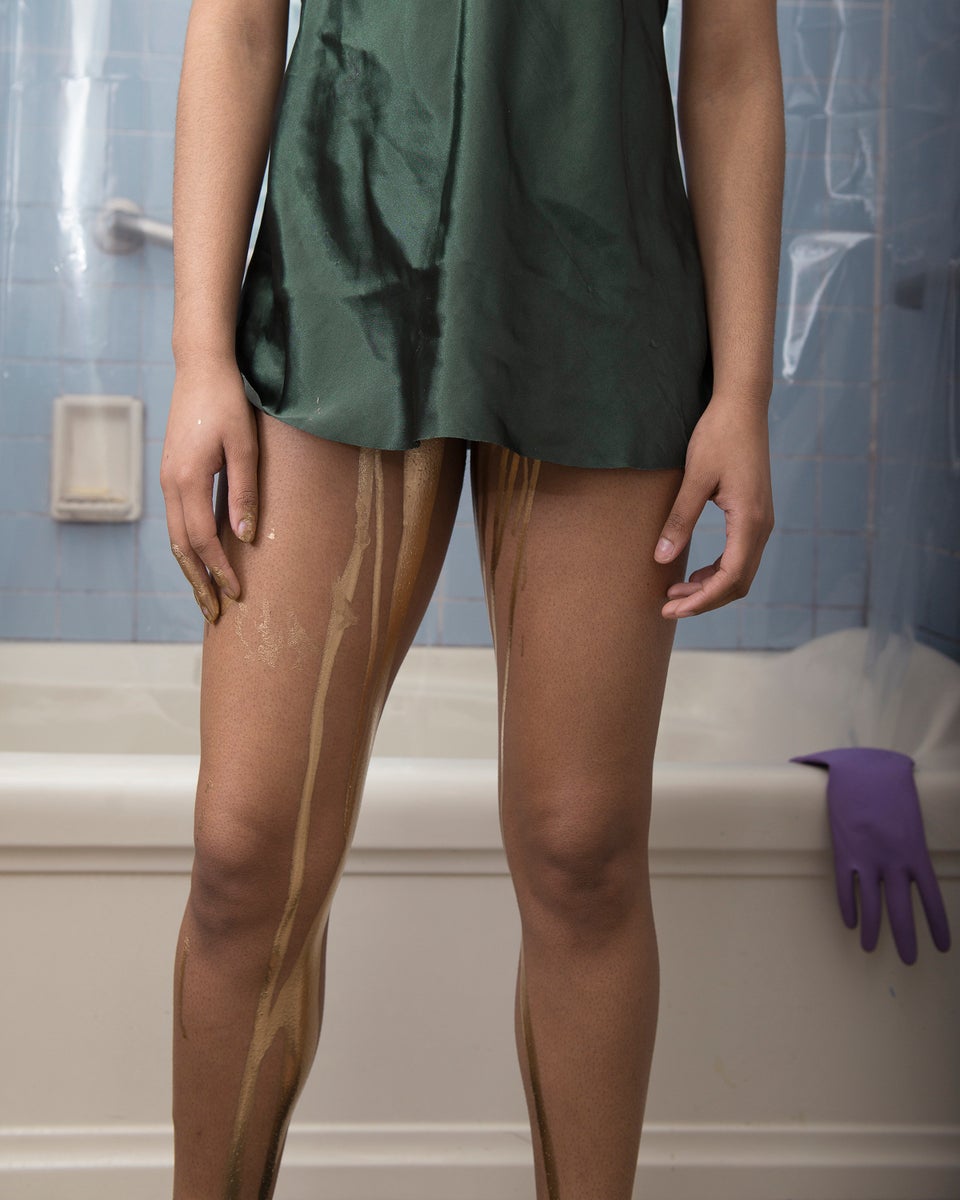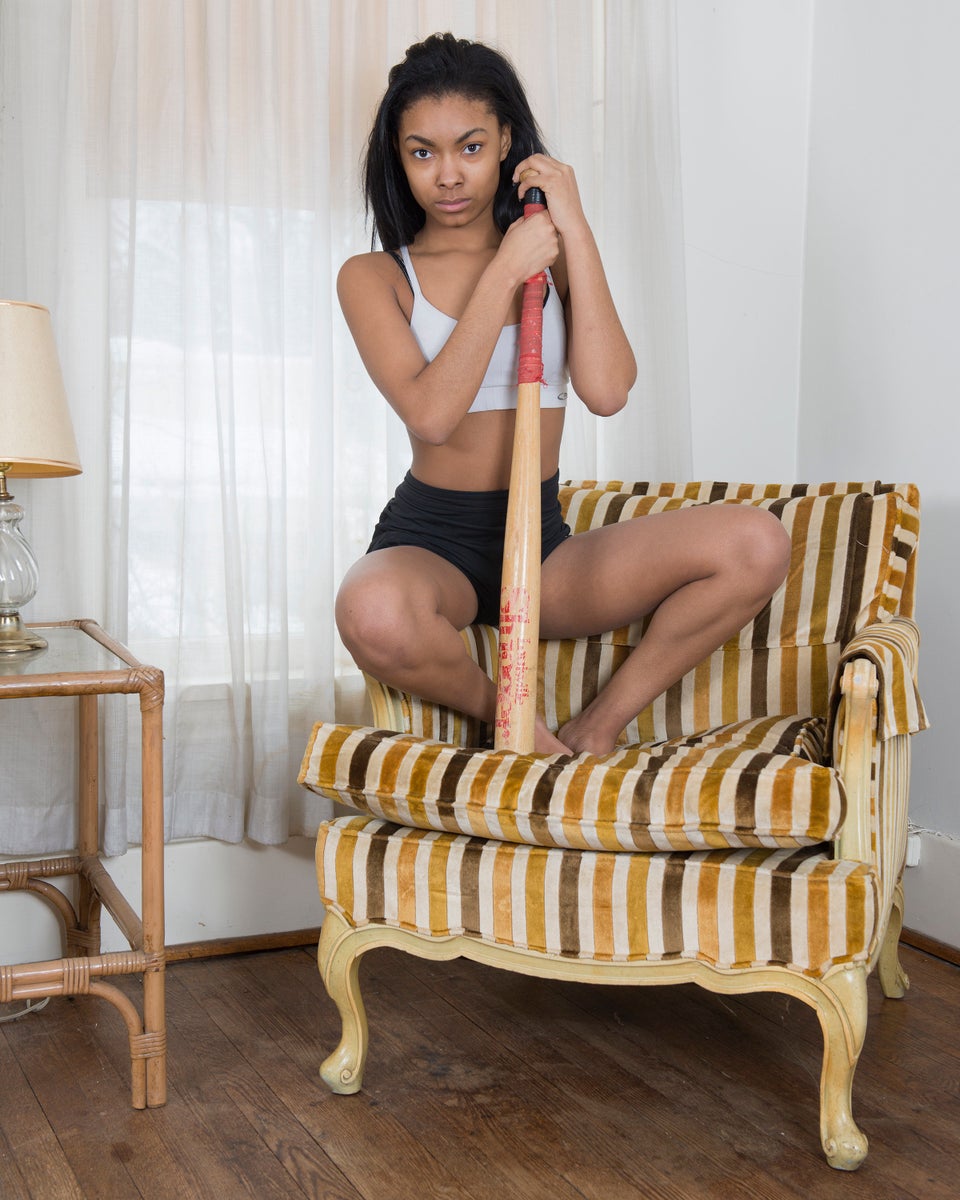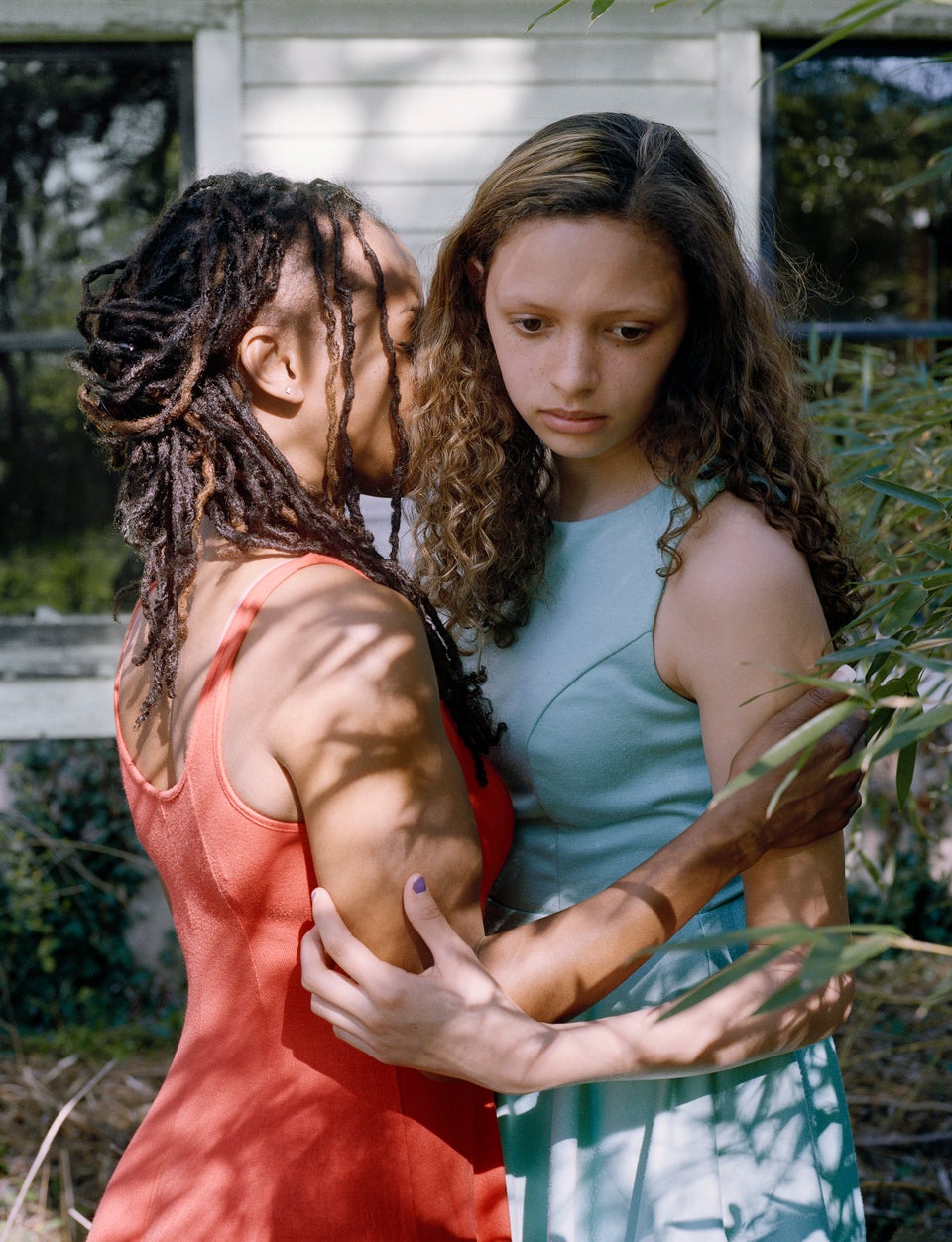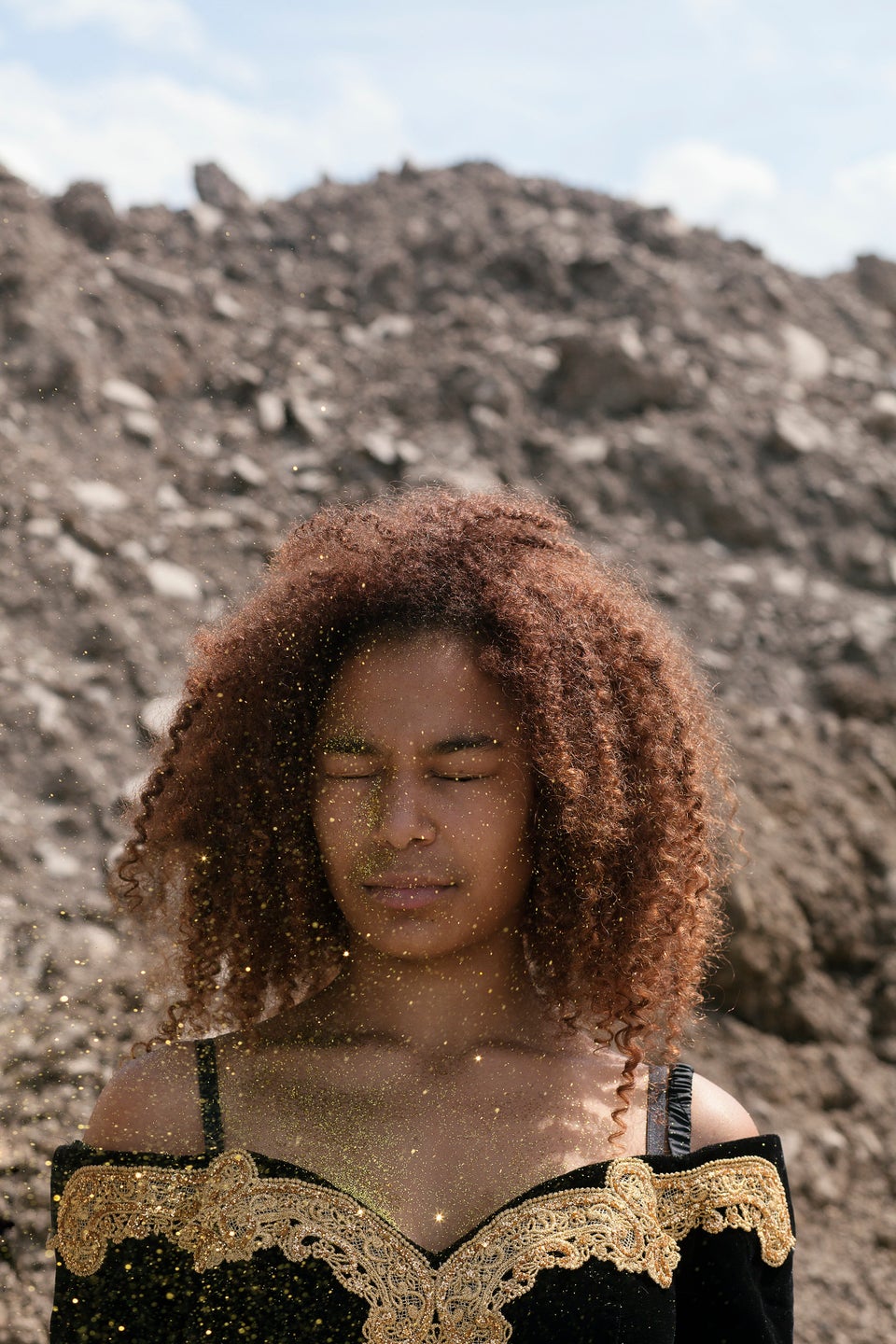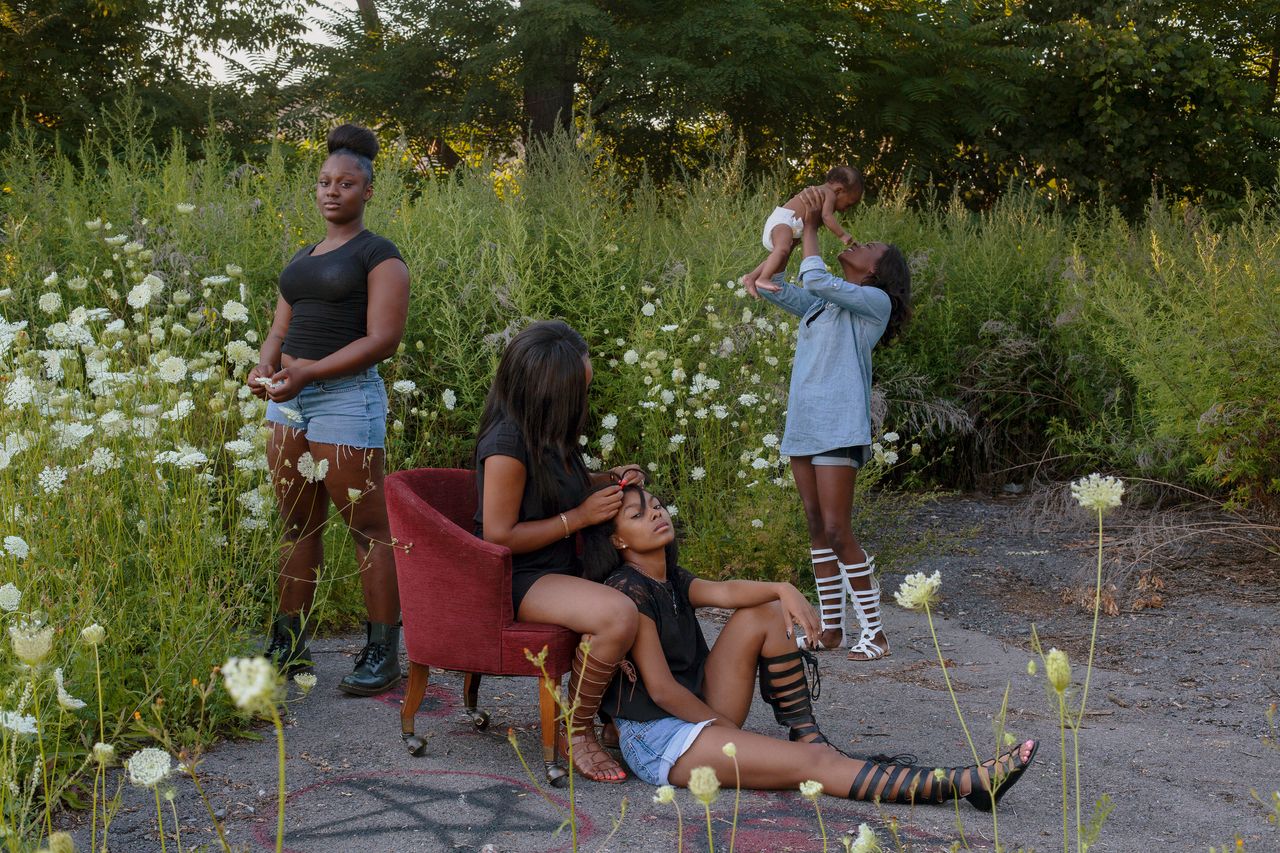There is a distinct kind of intimacy that binds close female relationships ― whether between sisters, lovers, or friends. There’s a warmth that reveals itself through a lexicon of gestures tender and unspoken ― a hand-hold, a back massage, or a bedtime cuddle.
When photographer Nydia Blas began mentoring young women in 2013, she was moved by the physical manifestations of their feelings toward one another, revealed in small yet tangible signals. She decided to capture them on film.
“I was inspired by their friendships,” Blas explained to The Huffington Post, “the way they supported each other, cared for each other, and celebrated their differences. I wanted this work to explore that. In the images, there is a physical closeness that often takes place between pairs, whether it be an embrace or leaning on one another.”
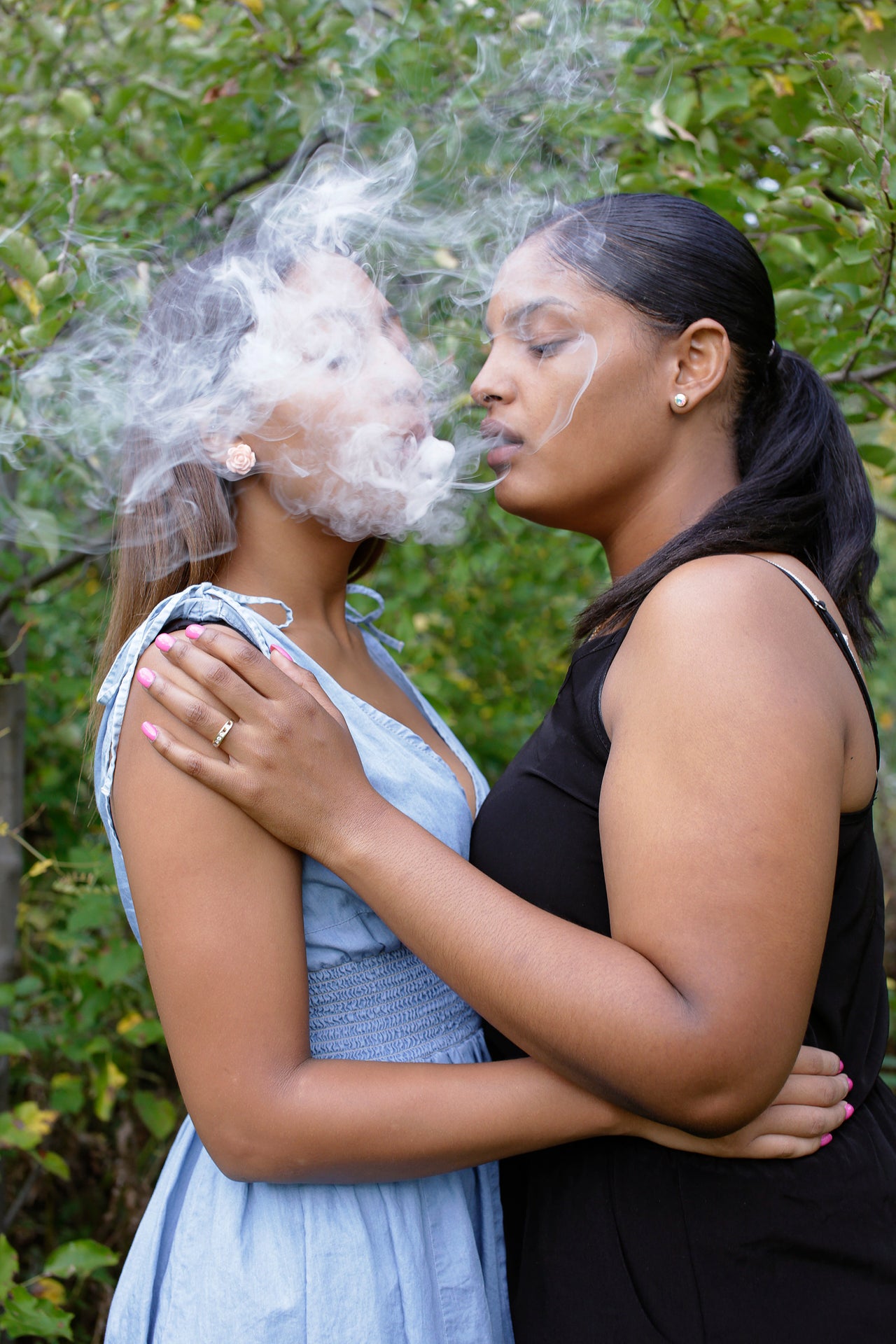
These young women became the subjects of Blas’ series “The Girls Who Spun Gold,” a celebration of girls in all their sloppiness, softness and strength. The photos, romanticized and surreal, mirror the intensity with which many young women experience life, when a song or a kiss can provoke immense personal transformation.
In one photo, four women and a baby play in an idyllic field, their sharply executed poses resembling a Renaissance tableau. In another, a woman blows billowing clouds of smoke into another’s mouth, the relatively standard action resulting in an otherworldly display of swirling haze.
In a third, one woman massages the face of another with her feet, a slight exaggeration of the physical rapport with which women convene. “I was trying find ways to communicate feelings of trust and tenderness in this act that I personally find a bit grotesque,” Blas said. “For me, that is an important element in this sort of secret language between women.”
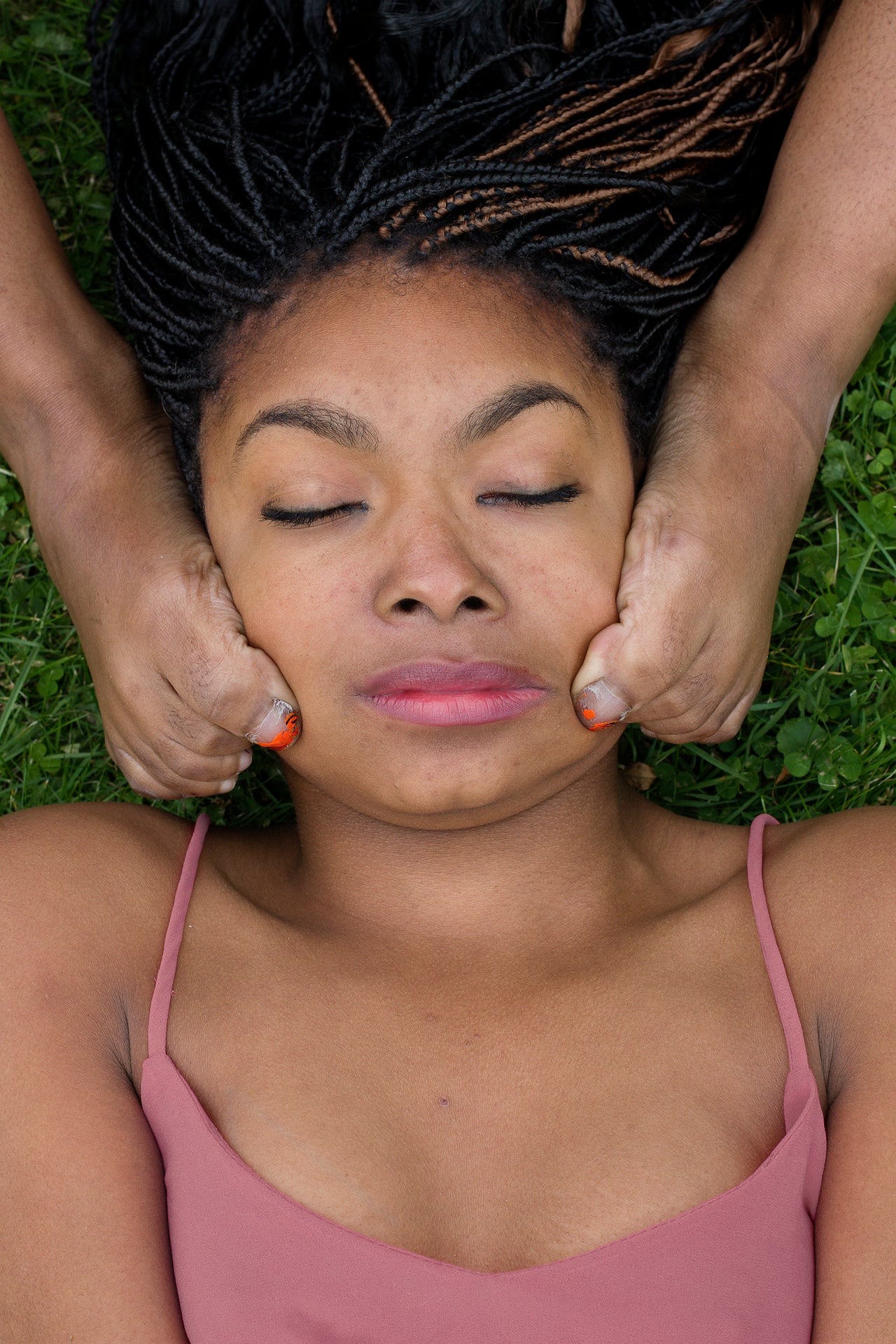
Blas cited poet and activist Audre Lorde’s concept of “the erotic” as central to her image-making process. While eroticism is often associated with physicality and sexuality, Lorde traces the word back to its Greek root eros, “the personification of love in all its aspects ― born of Chaos, and personifying creative power and harmony.” Lorde’s eroticism does not merely connote sexual appetite, but rather a profoundly feminine, spiritual knowledge based in the power of unexpressed feelings.
“When I speak of the erotic,” Lorde writes in Sister Outsider, “then, I speak of it as an assertion of the lifeforce of women; of that creative energy empowered, the knowledge and use of which we are now reclaiming in our language, our history, our dancing, our loving, our work, our lives.”
The eroticism Lorde speaks of, the kind that seeps from Blas’ images, is not just the electricity sparked between lovers, but between mother and daughter, between a group of best friends. It’s the feeling of intimacy without sex, love without condition, laughter without words.
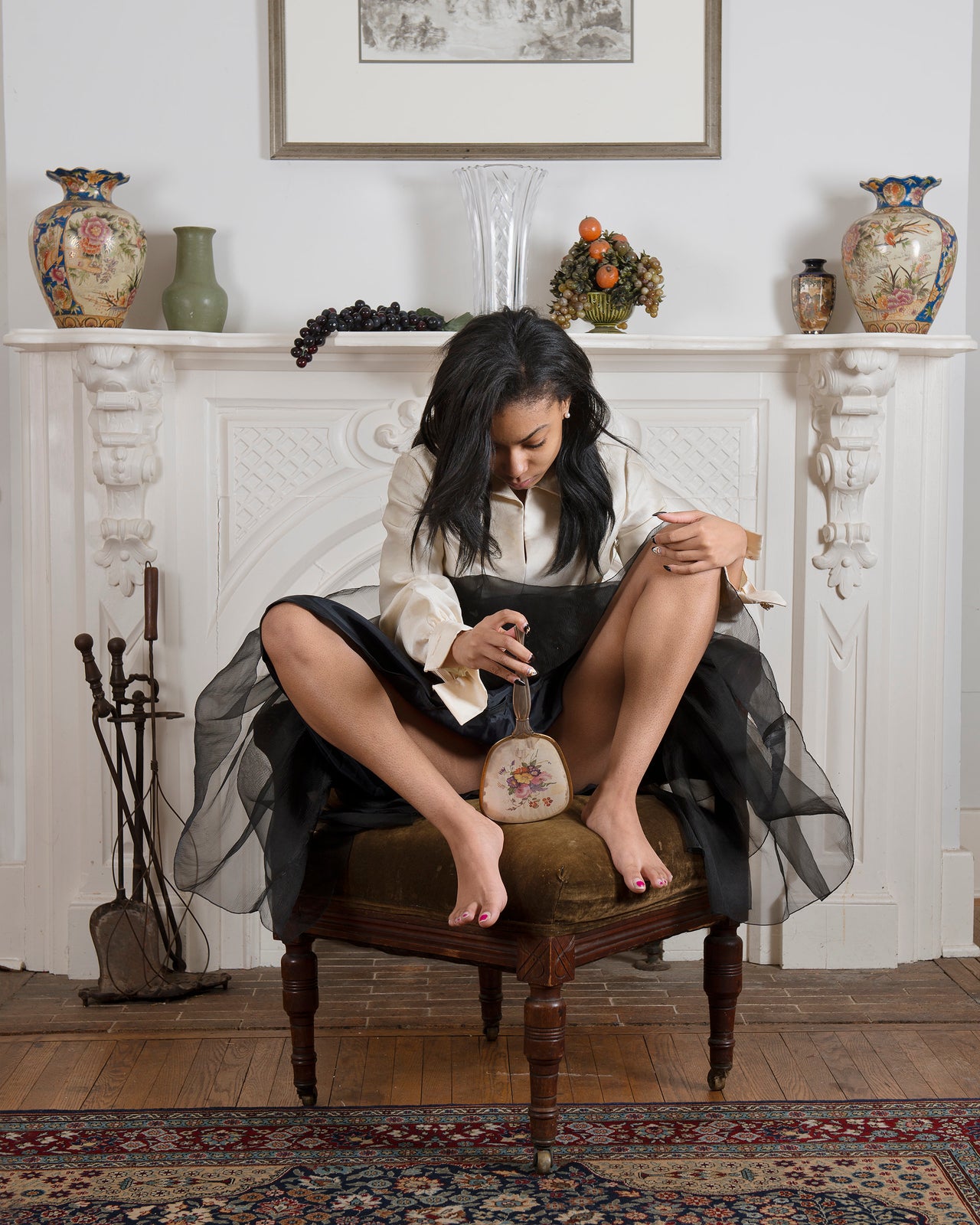
Blas was exposed to photos communicating this precious way of women being together since she was a kid. “The homes I grew up in were filled with images of my family and ancestors, which worked to instill this sense of greatness within me,” she said.
“I saw reflections of myself, and people who looked like me when they were babies, as graduates. I viewed them as hard workers, and as caring, strong, healthy, individuals. Beautiful black women, children, and men of varying shades, from dark-skinned to very light.”
Although her home was covered in images of familiar loved ones, as Blas grew up and became interested in the history of photography, she realized how uncommon visual representations of black women truly were. This realization continues to shape Blas’ chosen subject matter.
“I feel as though there is a need for women of color to make images of women of color where we can literally see ourselves,” she said. “This is why I have I chosen to currently make images of only women of color.”
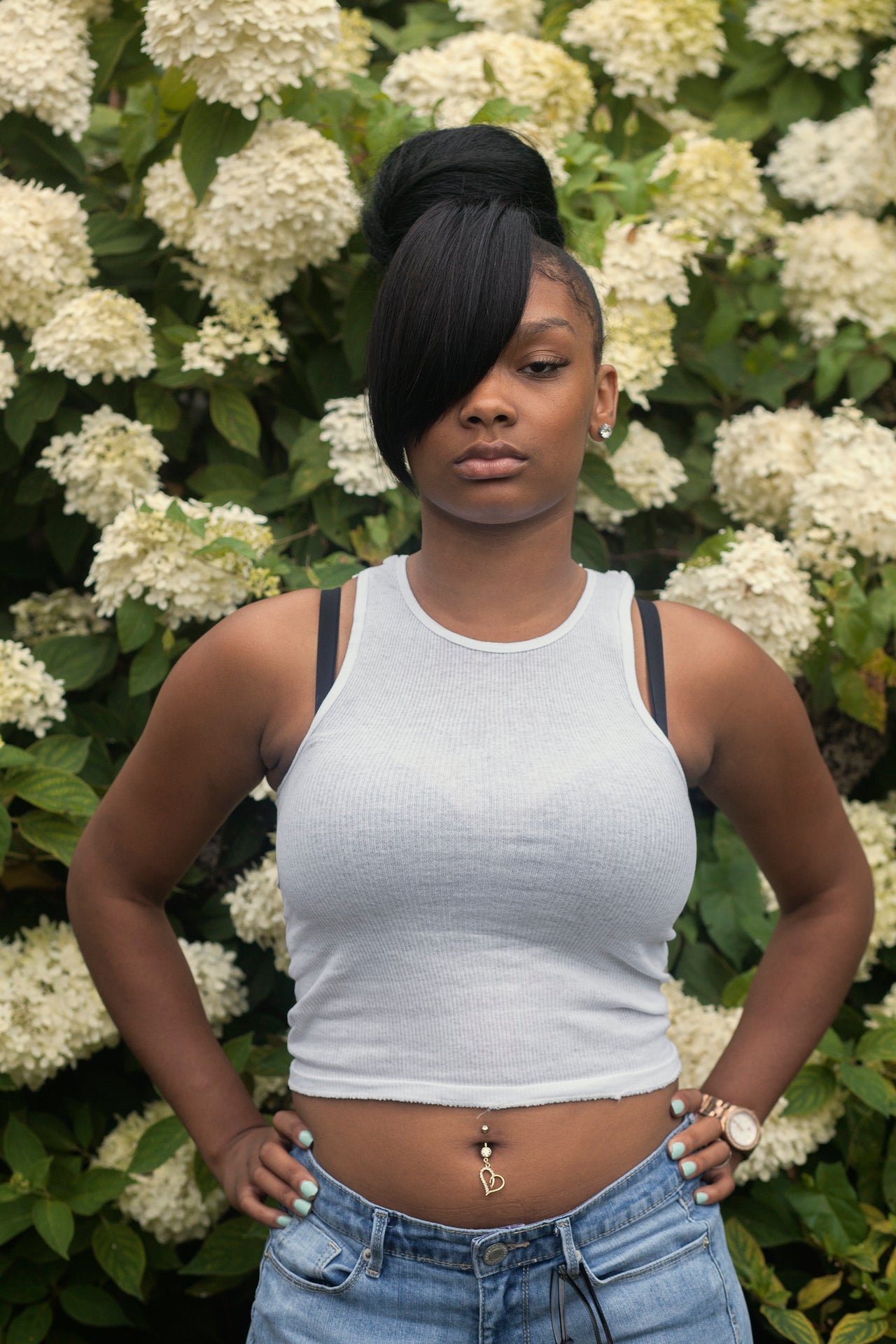
Blas is well aware of the ugly and discriminatory relationship between photography and people of color. She cited J.T. Zealy’s 19th-century portraits of black bodies, made to scientifically “prove” the superiority of the white race by comparing the physical attributes of black and white people.
Yet, according to Blas, the photos’ original intention has since been subverted. “While these subjects did not have control of if/how they were photographed, their ability to look back is mighty powerful indeed,” Blas said. “A returned gaze is a form of resistance; it is an opportunity to validate and articulate the subject’s experience.”
In utterly different circumstances, Blas affirms the power of human connection through photography, maintaining the tradition of changing minds and hearts through the simple act of seeing.
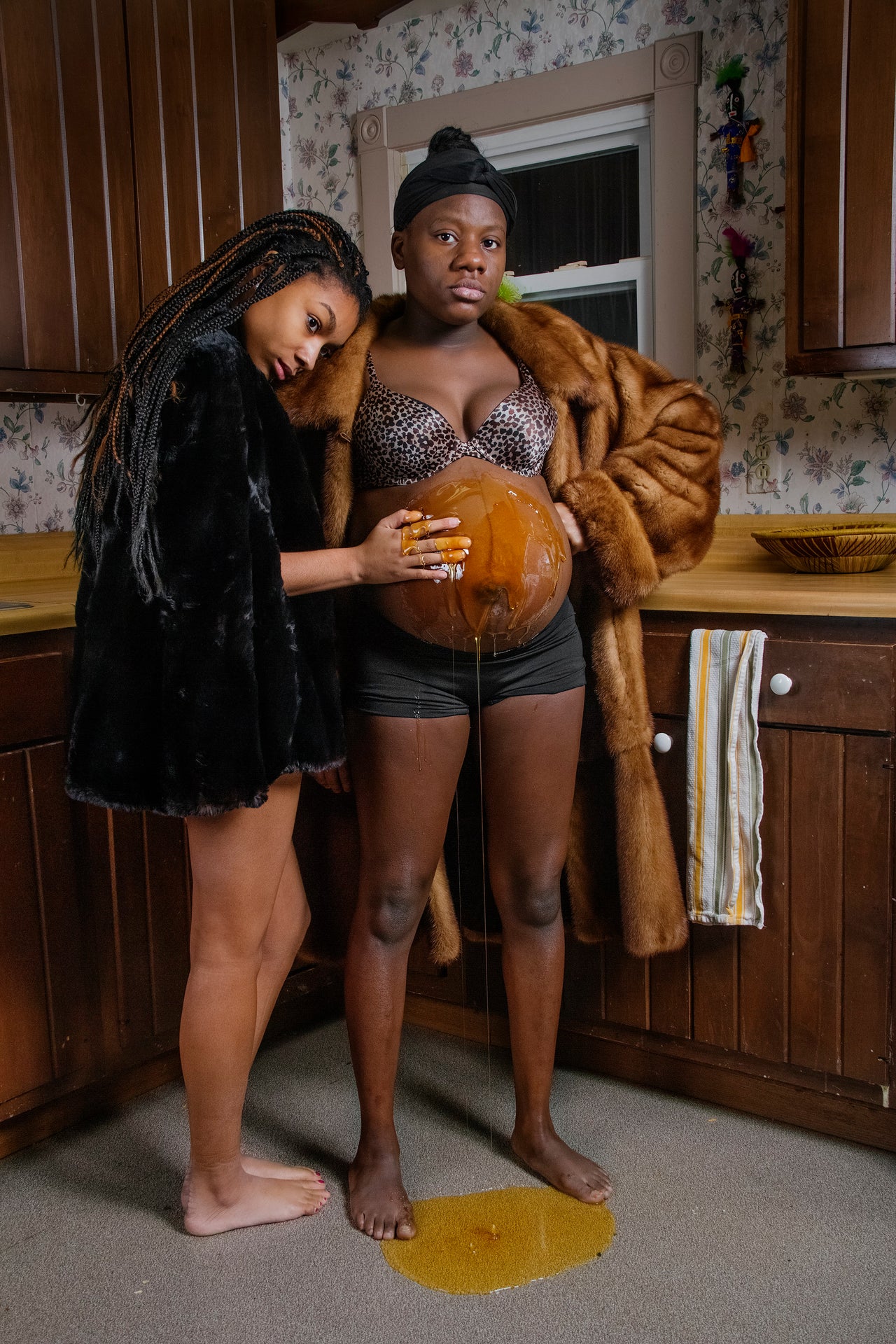
Ultimately, Blas’ photos revel in the complexity often denied to young women ― especially women of color who are still regularly stereotyped in the limited portrayals they receive. The artist depicts her subjects as warriors, mothers, sirens and saints, each photo more of a mythical meditation than a snapshot of a specific individual.
Her empathy might stem from the fact that Blas herself became a mother at the age of 18, and is now raising an 11-year-old daughter. When asked if motherhood had shaped her perspective as a photographer, Blas responded: “I think being a mother in a way is my work. It runs through all of my work.”
Fierce and soft, eager and unsure, Blas’ young subjects exist in a dreamlike world almost like our own. Honey drips from pregnant bellies and girls are free to gaze at their own bodies with wonder instead of shame. Friends huddle close to one another and communicate sans words, in a language only women understand.
